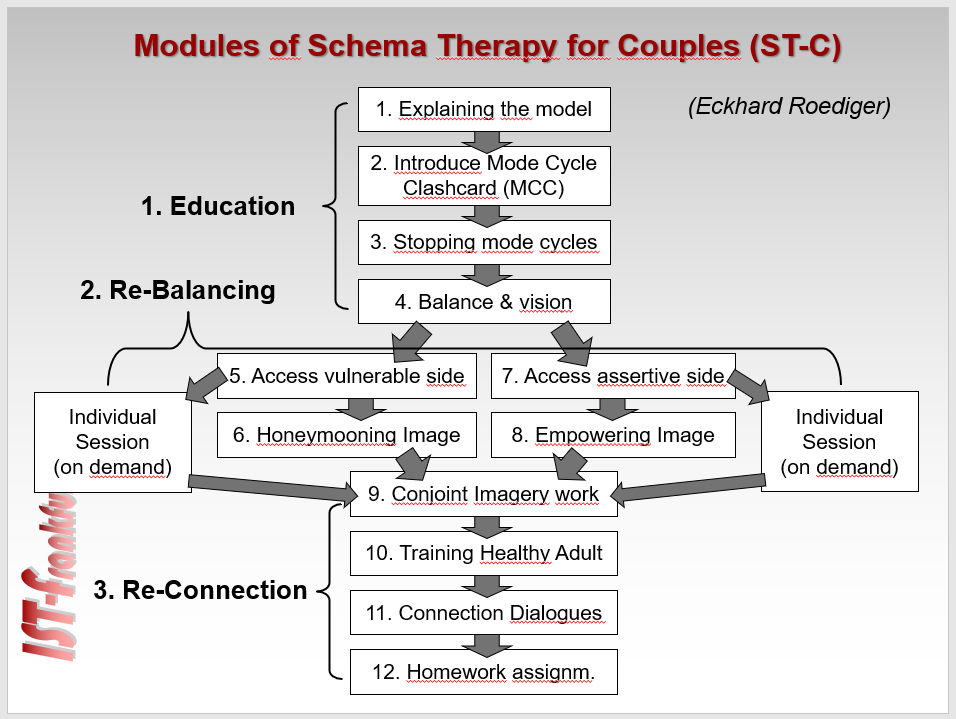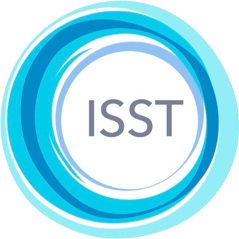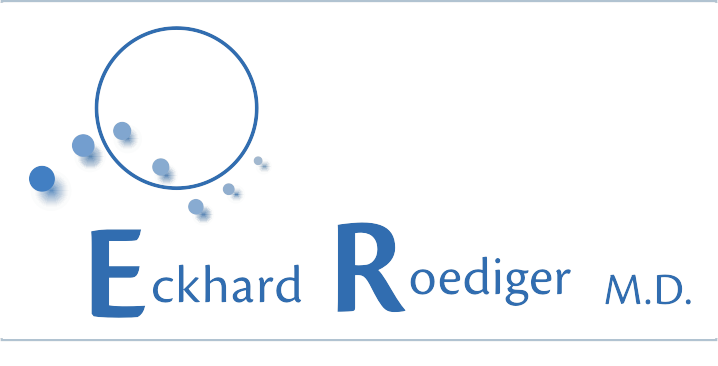Couples ST- modules overview
The modules described below are meant to guide you step by step through a strategically focused therapy process with a couple. They are based on the idea starting with the mode cycle presented in the first session without a prior diagnostic phase. The full model is outlined in the book “Schema Therapy with couples” published by Wiley*. Together with the content of the book and our ST-C training workshops the modules will enable you to “start working under fire” in a surprisingly effective way.
The underlying assumptions (in a nutshell):

The main interactional problem of the couple is getting stuck in their default mode cycle. This mode cycle represents a rigid and persisting dysfunctional interactional pattern. The pattern remains the same while the content changes. Thus we ignore all kind of content but solely focus on the presented cycle as the “common enemy” both partners contribute to.
In the sessions the couple plays out their default mode cycles too. We work most effectively if we focus on the dysfunctional mode cycle presented in-session, because it is present in the here and now of the therapy room visible for everybody. We try to work with the interaction in the present moment. We only ask for the most important social data, introduce the model and avoid going to past problems.
Once the couple learned to identify and stop the cycle, re-balance themselves and shift to a problem-solving oriented interaction pattern they are able to deal with any critical content.
We access the most relevant schemas fueling the presented mode cycle by conjoint imagery exercises. To some extend this replaces an intital diagnostic phase.
The rescripting part includes a reparenting by the observing partner This strenghtens the emotional bond (see Roediger et al., 2018).
If we get stuck with the couple because one (or both) partner(s) is not able to leave their role in the cycle we can offer individual sessions to work with the individual under safer conditions.
Then we might go deeper into the biographical background (e.g. underlying schemas).
We try to share content from individual sessions as much as possible in the following conjoint session to strengthen the bond of understanding within the couple.
The goal of therapy is accomplished once the couple learend to solve their problems in the best possible way by using the connection dialogue skills.
The ST-COUPLES-MODULES:
Introduction / Essentials / Working in three steps
- Introduction to the Module System
- Essentials of Couples Therapy with the Module System
- Working with the Modules in Three Steps
SCT Module 1 - 6
- Module 1 - Explaining the Model
- Module 2 - Linking the Model with the Couples Displayed Mode Cycle
- Module 3 - Interrupting the Mode Cycle Timeout
- Module 4 - Inner Balance and Vision Best Day Imagery
- Module 5 - Gaining Access to the Vulnerable Side Empathy Exercise
- Module 6 - Activating Attachment Resources Honeymoon Imagery
SCT Module 7 - 11
SCT Module 12 - 13 + Optional modules
- Module 12 - Possible Exercises for the Couples
- Supplementary Module 13 - Supporting Possible Outcomes of Couple Therapy
- OPTIONAL MODULES
- Supplementary Module 14 - Dealing wiht strong Emotions
- Supplementary Module 15 - Telling Ones Own Story
- Video tutorial how to explain the Still face-Video to the couples



